Home>Maintenance & Safety>Child & Elderly Safety at Home>When Was The Baby Monitor Invented
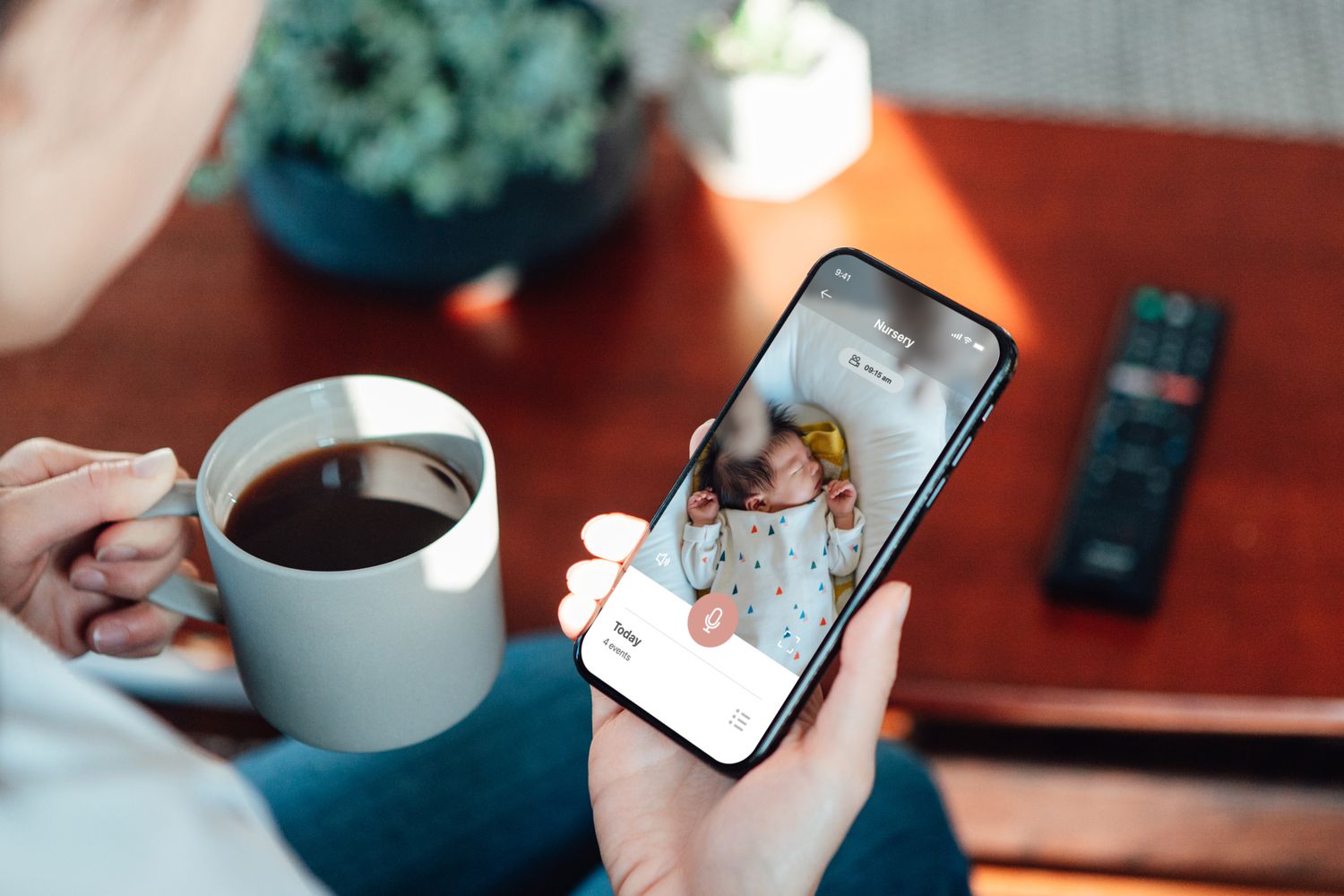

Child & Elderly Safety at Home
When Was The Baby Monitor Invented
Modified: January 14, 2024
Discover the history of the baby monitor and its impact on child and elderly safety at home. Learn about the invention and evolution of this essential device.
(Many of the links in this article redirect to a specific reviewed product. Your purchase of these products through affiliate links helps to generate commission for Storables.com, at no extra cost. Learn more)
Introduction
Ensuring the safety and well-being of children and the elderly at home is a top priority for families around the world. One of the most revolutionary inventions that has significantly contributed to this cause is the baby monitor. This device has not only provided parents and caregivers with peace of mind but has also played a crucial role in preventing accidents and ensuring timely assistance. In this article, we will delve into the fascinating history of baby monitors, from their early developments to the modern, technologically advanced versions that have become indispensable in many households. Let's embark on a journey through time to explore how the concept of baby monitoring has evolved and how it continues to enhance the safety and security of our loved ones.
Key Takeaways:
- Baby monitors have come a long way since the 1930s, evolving from basic radio transmission to sophisticated devices with video monitoring, temperature sensors, and smart technology, ensuring the safety and well-being of children and the elderly at home.
- The invention of the first baby monitor, the “Radio Nurse,” in 1937 by Eugene F. McDonald Jr. revolutionized parental supervision, paving the way for modern baby monitors with high-definition video monitoring, two-way audio communication, temperature sensors, and motion detection, providing peace of mind for parents and caregivers.
Read more: Where To Mount A Baby Monitor
Early Developments in Baby Monitoring
In the early 1930s, the concept of baby monitoring began to take shape with the introduction of the "radio nurse," a device designed to help parents listen for sounds from their sleeping infants. This early innovation, although rudimentary by today’s standards, marked the beginning of a transformative journey in home safety technology. The radio nurse, utilizing basic radio transmission, allowed parents to monitor their children from a distance, providing a newfound sense of reassurance.
As technology advanced, so did the capabilities of baby monitors. By the 1980s, baby monitors had evolved to include video monitoring, enabling parents to not only hear but also see their children from another room. This represented a significant leap forward in the realm of child safety, offering parents a more comprehensive means of monitoring their little ones.
During this period, the primary focus of baby monitors was to provide auditory and visual surveillance. However, as the understanding of child safety and development expanded, so did the functionality of baby monitors. The integration of temperature sensors, two-way audio communication, and motion detection further enhanced the monitoring experience, allowing parents to address a wider range of safety concerns.
These early developments laid the groundwork for the multifaceted and technologically advanced baby monitors that we rely on today. The journey from the humble beginnings of the radio nurse to the sophisticated monitors of the present day exemplifies the unwavering commitment to ensuring the safety and well-being of our most vulnerable family members.
The Invention of the First Baby Monitor
The first baby monitor, as we recognize it today, was invented by Eugene F. McDonald Jr., the founder of Zenith Radio Corporation, in 1937. This groundbreaking device, known as the “Radio Nurse,” was inspired by his wife’s concerns about their newborn and her desire to be able to listen to him while she moved around the house. The Radio Nurse, consisting of a microphone, a radio transmitter, and a receiver, allowed parents to monitor their child’s sounds from a different room, providing them with newfound freedom without compromising on their child’s safety.
McDonald’s invention was a pioneering contribution to home safety technology, setting the stage for the development of subsequent iterations of baby monitors. The Radio Nurse, although a simple concept by today’s standards, represented a monumental leap in the realm of child monitoring and parental peace of mind. Its introduction revolutionized the way parents could attend to household tasks while staying connected to their infants, a concept that continues to be at the core of modern baby monitors.
The Radio Nurse not only addressed the practical needs of parents but also symbolized a significant shift in societal attitudes toward child care. It empowered parents with a newfound sense of control and responsiveness, fostering a deeper connection between parents and their children. This invention laid the foundation for the evolution of baby monitors, shaping the trajectory of child safety and parental supervision in the decades to come.
McDonald’s innovative spirit and commitment to enhancing the lives of families left an indelible mark on the landscape of child safety technology. His invention, born out of a desire to address a fundamental parental concern, continues to resonate in the design and functionality of modern baby monitors, underscoring the enduring impact of his pioneering contribution to the field.
The baby monitor was invented in 1937 by Eugene F. McDonald Jr., who was the founder of Zenith Radio Corporation.
Evolution of Baby Monitors
The evolution of baby monitors has been a testament to the relentless pursuit of innovation in the realm of child safety and parental peace of mind. From the early days of basic audio transmission to the sophisticated, feature-rich monitors of today, the journey of baby monitors has been marked by remarkable advancements and transformative developments.
Following the invention of the Radio Nurse in 1937, baby monitors underwent significant transformations in the ensuing decades. The 1980s witnessed a pivotal moment with the introduction of video monitoring capabilities, allowing parents to visually monitor their children in addition to hearing them. This marked a paradigm shift in the monitoring experience, providing parents with a more comprehensive means of ensuring their child’s safety.
As technology continued to progress, the functionality of baby monitors expanded to encompass a diverse range of features aimed at addressing various safety concerns. Temperature sensors, night vision capabilities, two-way audio communication, and motion detection became integral components of modern baby monitors, empowering parents with enhanced surveillance and communication tools.
The advent of wireless technology further revolutionized baby monitors, liberating parents from the constraints of wired systems and offering greater flexibility in monitoring their children. This transition to wireless connectivity not only enhanced the practicality of baby monitors but also contributed to their widespread adoption and integration into modern households.
Moreover, the integration of smart technology and mobile connectivity has ushered in a new era of baby monitoring, enabling parents to remotely access and control their baby monitors through smartphone applications. This seamless integration of baby monitors with digital platforms has redefined the monitoring experience, providing parents with unprecedented convenience and accessibility.
The evolution of baby monitors reflects a commitment to continuous improvement in addressing the evolving needs of parents and caregivers. The incorporation of advanced features, wireless connectivity, and smart capabilities has positioned modern baby monitors as indispensable tools for ensuring the safety and well-being of children, underscoring the enduring significance of this innovative technology.
Modern Baby Monitors
Modern baby monitors represent the culmination of decades of technological advancement and a steadfast commitment to enhancing child safety and parental peace of mind. These sophisticated devices have evolved to encompass an array of features and capabilities, redefining the standards of child monitoring and caregiver convenience.
Contemporary baby monitors offer a comprehensive suite of functionalities designed to address the diverse needs of parents and caregivers. High-definition video monitoring, complemented by night vision capabilities, provides crystal-clear visibility, allowing parents to observe their children with unparalleled clarity, even in low-light conditions. This visual component has become a cornerstone of modern baby monitors, offering a level of reassurance and supervision that was once inconceivable.
Two-way audio communication is another prominent feature of modern baby monitors, enabling seamless interaction between parents and their children. This real-time communication capability fosters a sense of closeness and responsiveness, allowing parents to comfort and reassure their children from a distance, further enhancing the monitoring experience.
Temperature sensors integrated into modern baby monitors offer vital insights into the ambient conditions of the child’s environment, alerting parents to any fluctuations that may impact their child’s comfort and well-being. This proactive monitoring of environmental factors underscores the holistic approach taken in ensuring the safety and welfare of children.
Furthermore, the integration of motion detection technology adds an additional layer of security, alerting parents to any unusual movements or disturbances in the monitored area. This feature not only enhances the safety aspect of baby monitors but also provides parents with a heightened awareness of their child’s activities, reinforcing the concept of comprehensive surveillance.
Smart technology has redefined the functionality of modern baby monitors, allowing seamless integration with smartphones and other digital devices. This connectivity enables parents to remotely access, control, and receive alerts from their baby monitors, empowering them with unprecedented convenience and peace of mind, even when they are away from home.
The modern landscape of baby monitors exemplifies a harmonious fusion of cutting-edge technology and unwavering dedication to child safety. These devices stand as a testament to the enduring commitment to innovation and the relentless pursuit of providing parents and caregivers with the tools they need to ensure the well-being of their loved ones.
Read more: When Should You Stop Using A Baby Monitor
Conclusion
The evolution of baby monitors stands as a testament to the unwavering commitment to safeguarding the safety and well-being of children and the elderly at home. From the humble beginnings of the radio nurse to the technologically advanced monitors of today, this transformative journey has redefined the standards of parental supervision and caregiver convenience.
The invention of the first baby monitor by Eugene F. McDonald Jr. in 1937 marked a pivotal moment in the history of child safety technology, laying the foundation for subsequent innovations that have reshaped the monitoring experience. The early developments in baby monitoring, including the integration of video monitoring and the expansion of features such as temperature sensors and two-way communication, reflected a profound dedication to addressing the evolving needs of parents and caregivers.
As technology continued to progress, the evolution of baby monitors embraced wireless connectivity, smart capabilities, and seamless integration with digital platforms, revolutionizing the monitoring experience and enhancing the accessibility and convenience for users. The modern landscape of baby monitors encompasses a comprehensive suite of functionalities, including high-definition video monitoring, two-way audio communication, temperature sensors, and motion detection, offering parents and caregivers a holistic and sophisticated means of ensuring the safety and well-being of their loved ones.
Ultimately, the enduring significance of baby monitors lies in their ability to provide parents and caregivers with peace of mind, allowing them to attend to household tasks and obligations while remaining connected to their children. The seamless integration of advanced technology with the fundamental principles of child safety underscores the pivotal role that baby monitors play in modern households, serving as indispensable tools in the pursuit of ensuring the safety and security of our most vulnerable family members.
As we look to the future, the legacy of innovation and unwavering dedication to child safety embodied by baby monitors serves as a testament to the enduring commitment to enhancing the lives of families. The evolution of baby monitors exemplifies the profound impact of technology in redefining the standards of care and supervision, reinforcing the fundamental principle that the safety and well-being of our loved ones remain paramount in every technological advancement and innovation.
Frequently Asked Questions about When Was The Baby Monitor Invented
Was this page helpful?
At Storables.com, we guarantee accurate and reliable information. Our content, validated by Expert Board Contributors, is crafted following stringent Editorial Policies. We're committed to providing you with well-researched, expert-backed insights for all your informational needs.
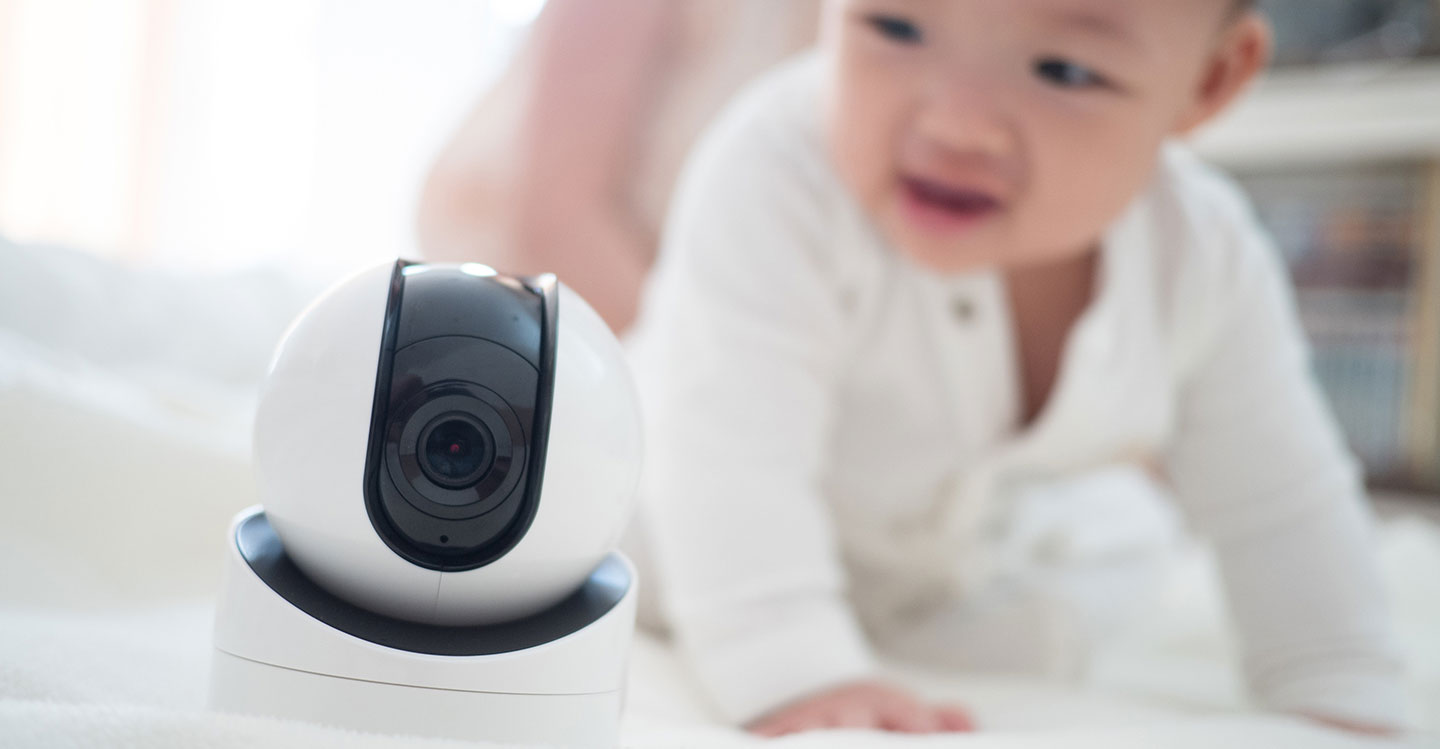
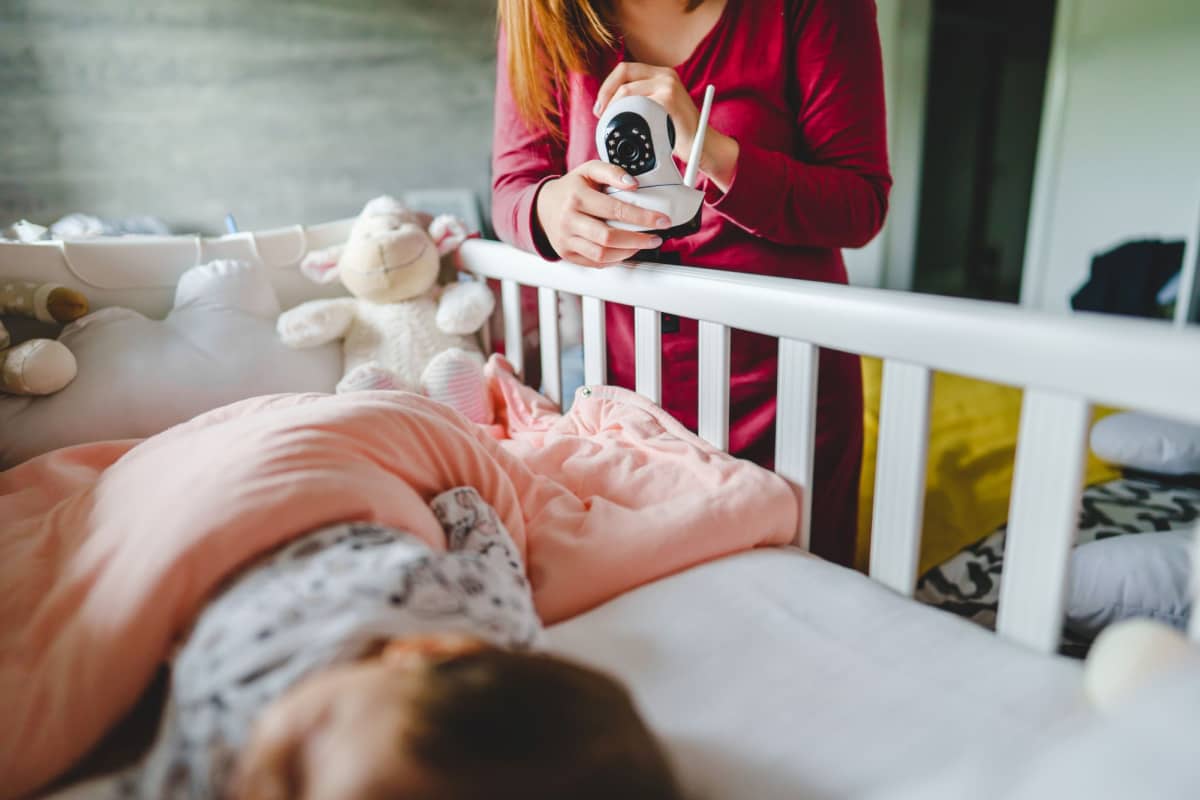
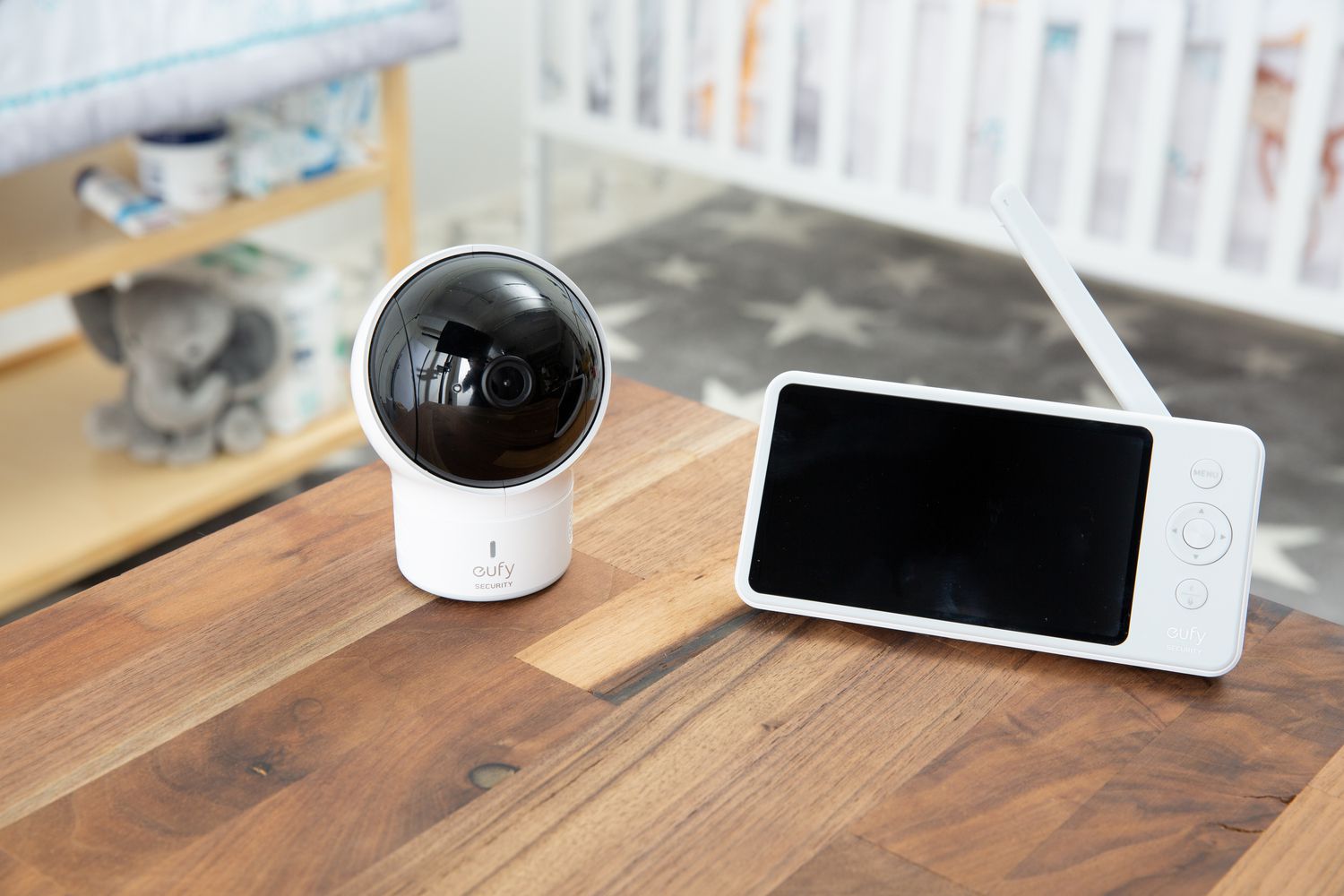
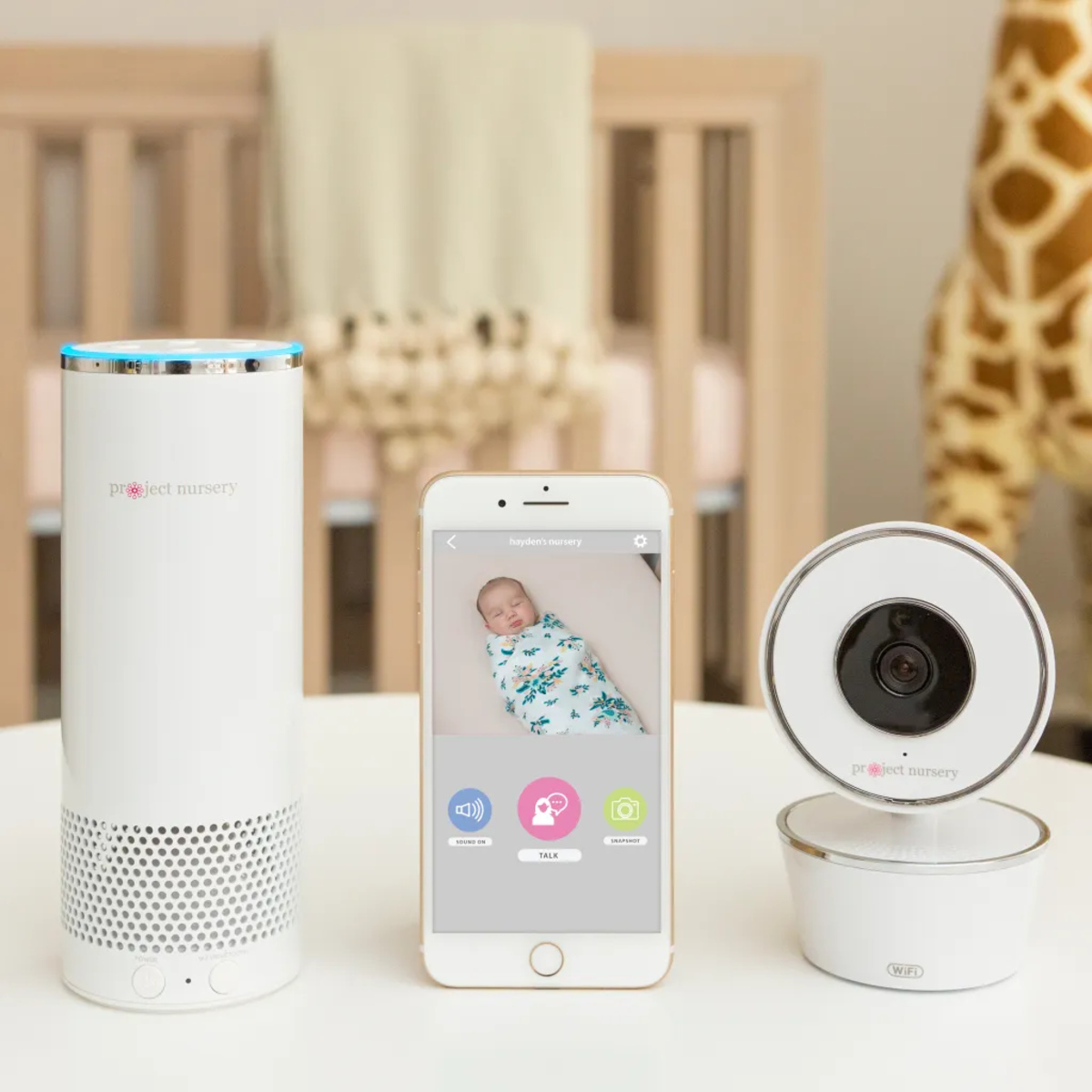
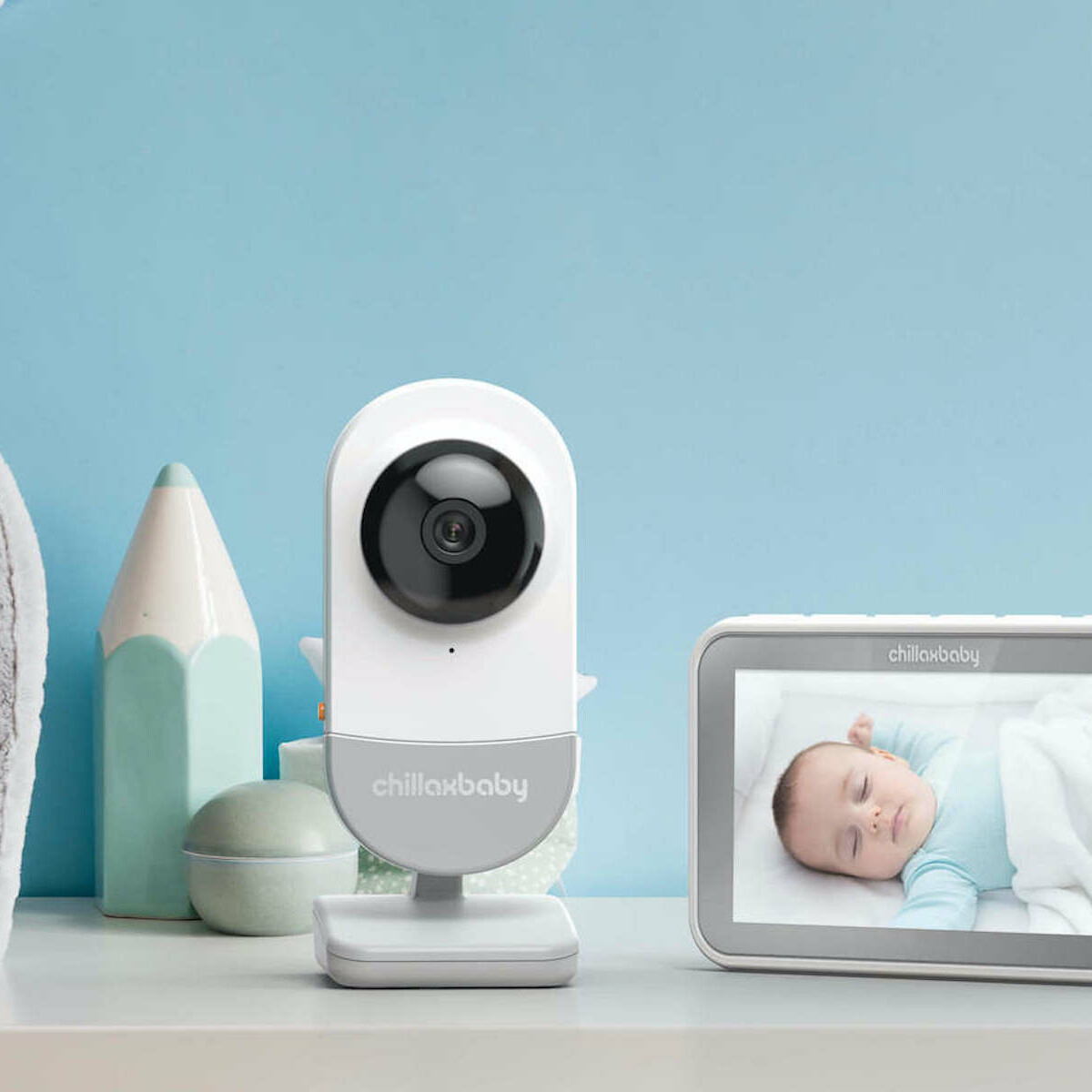
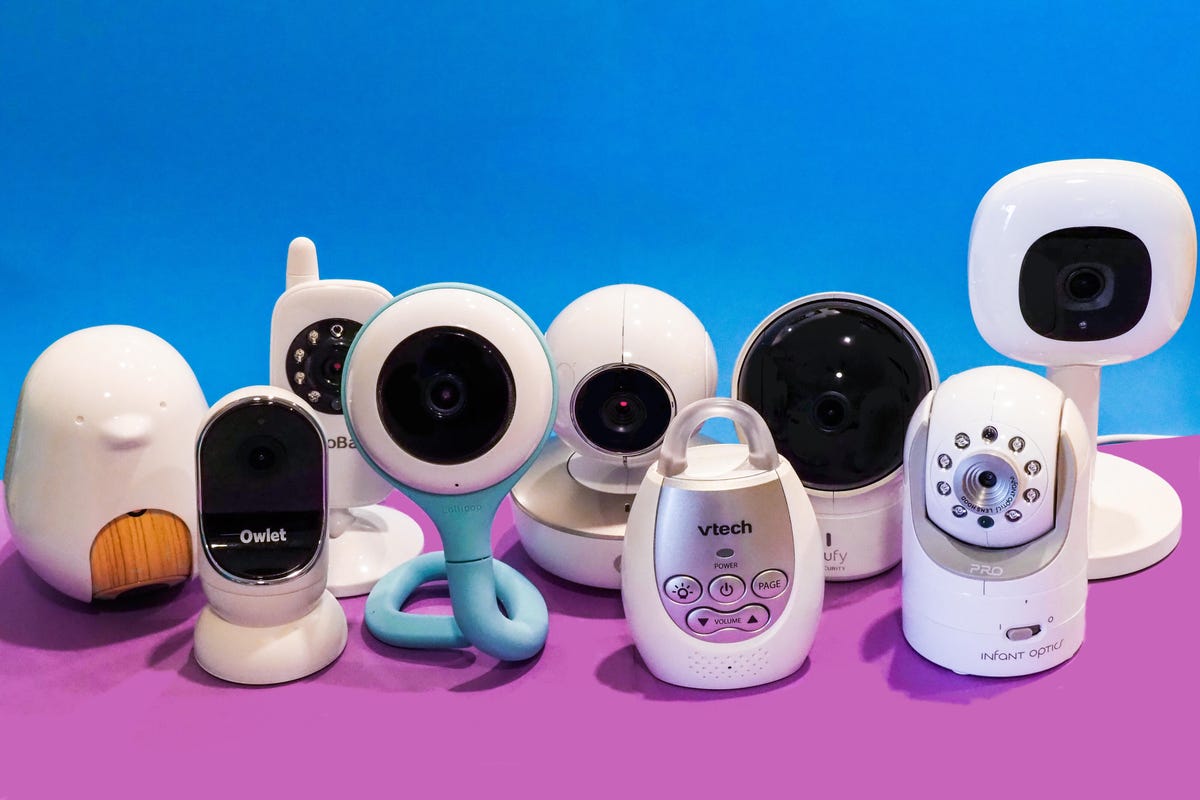
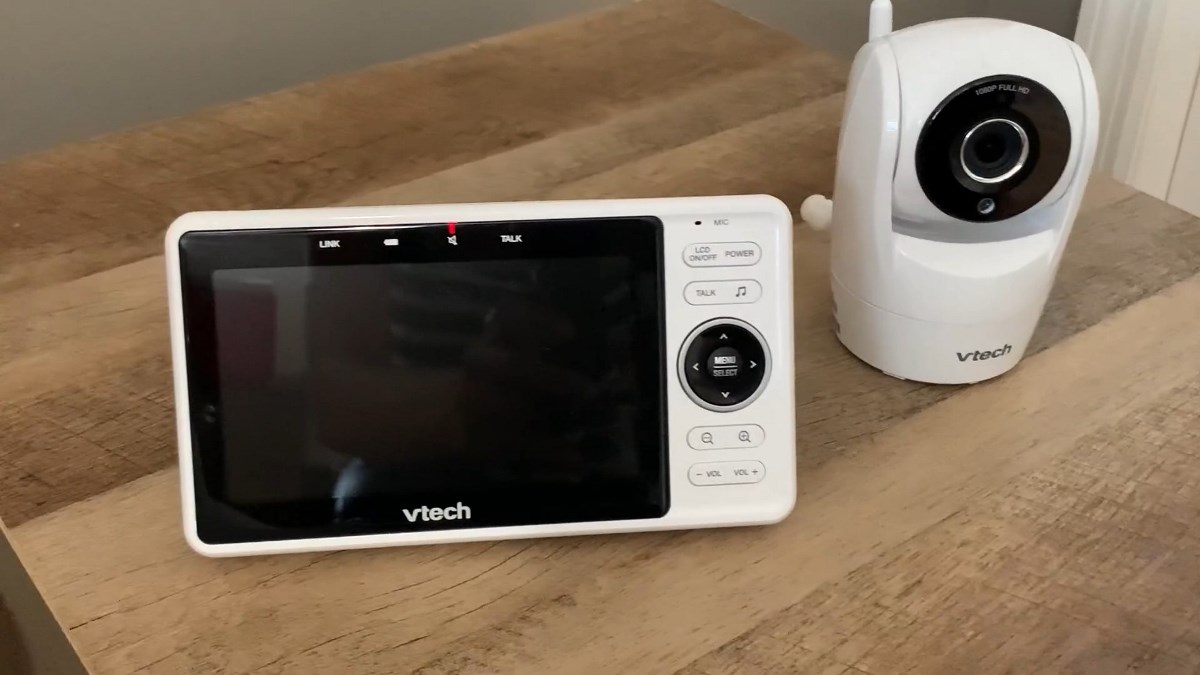
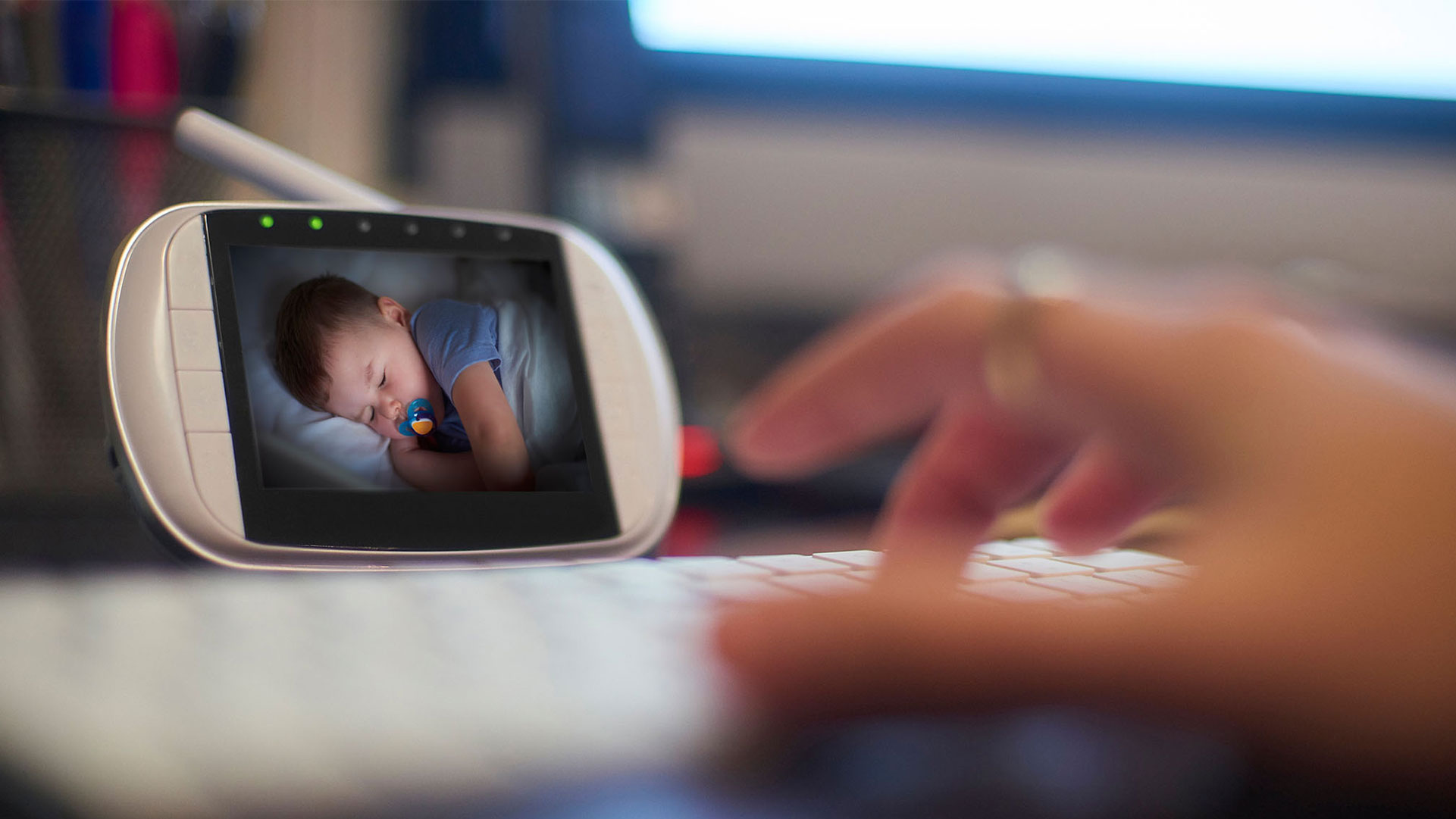
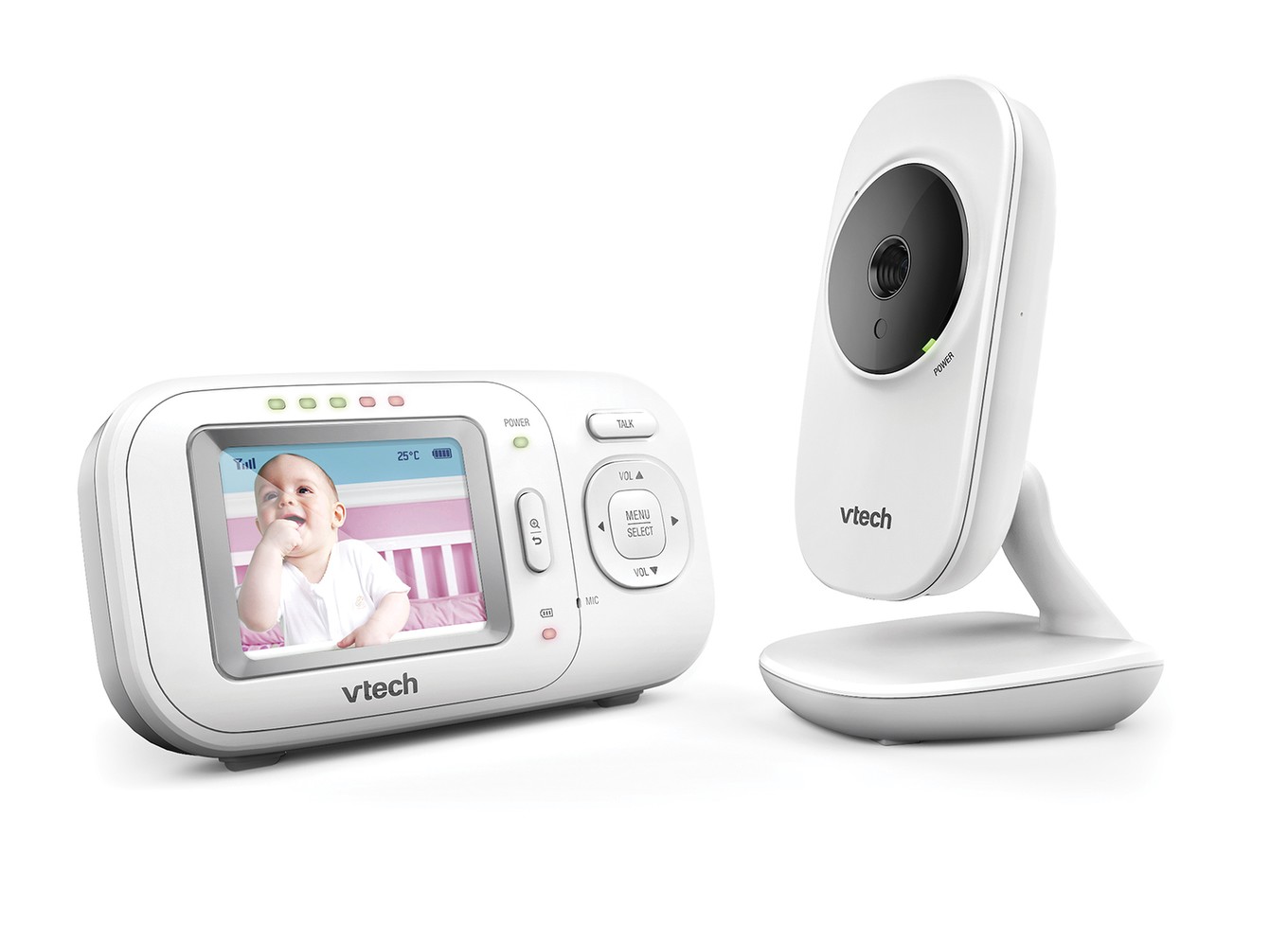
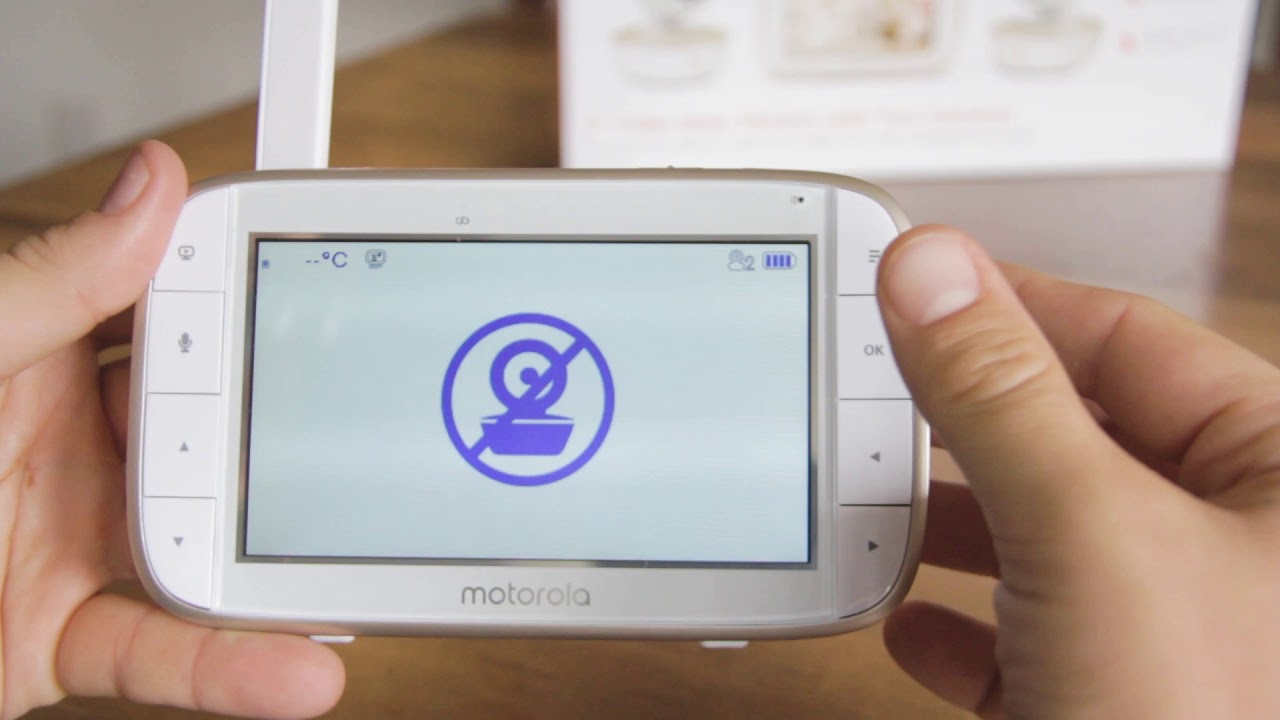
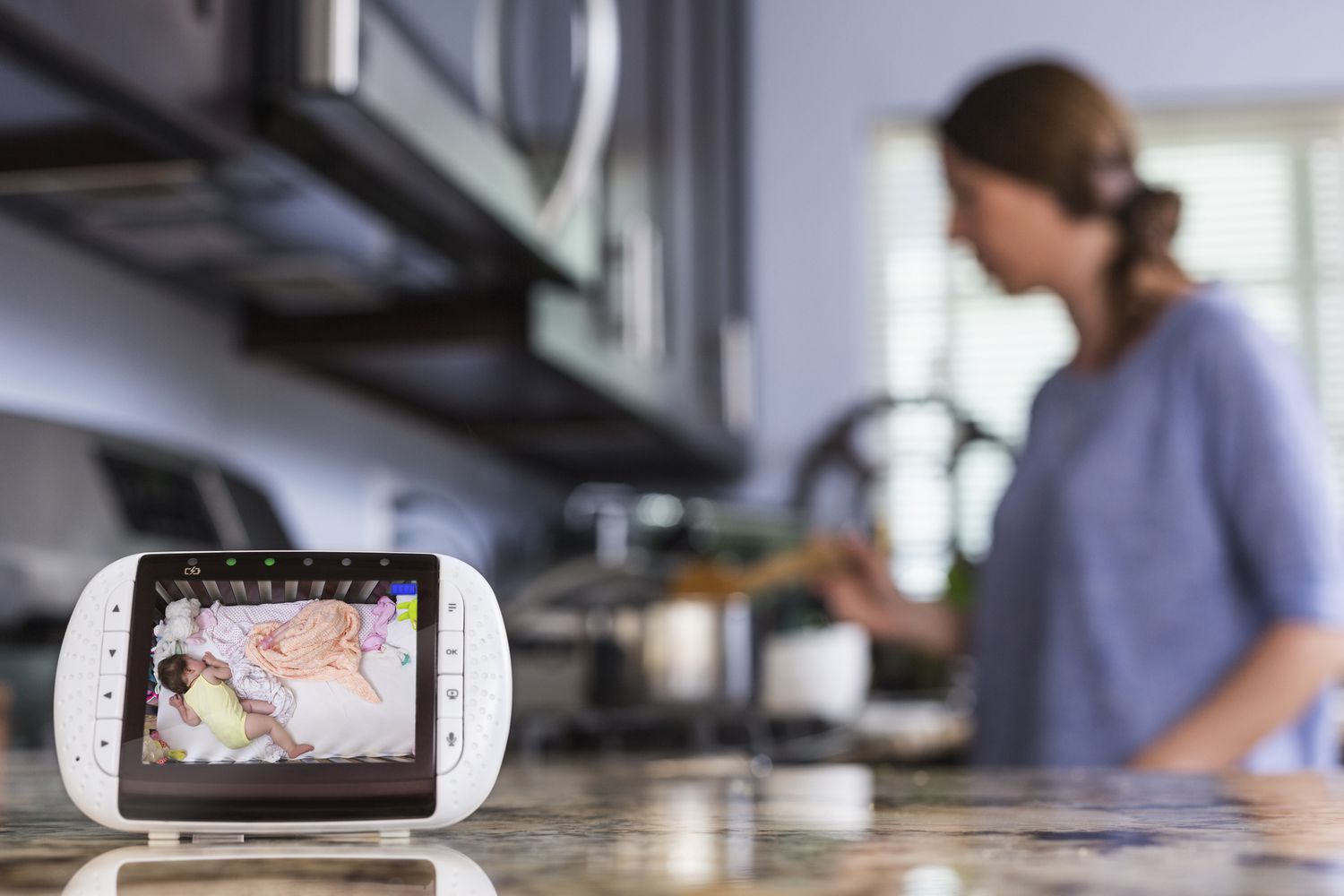
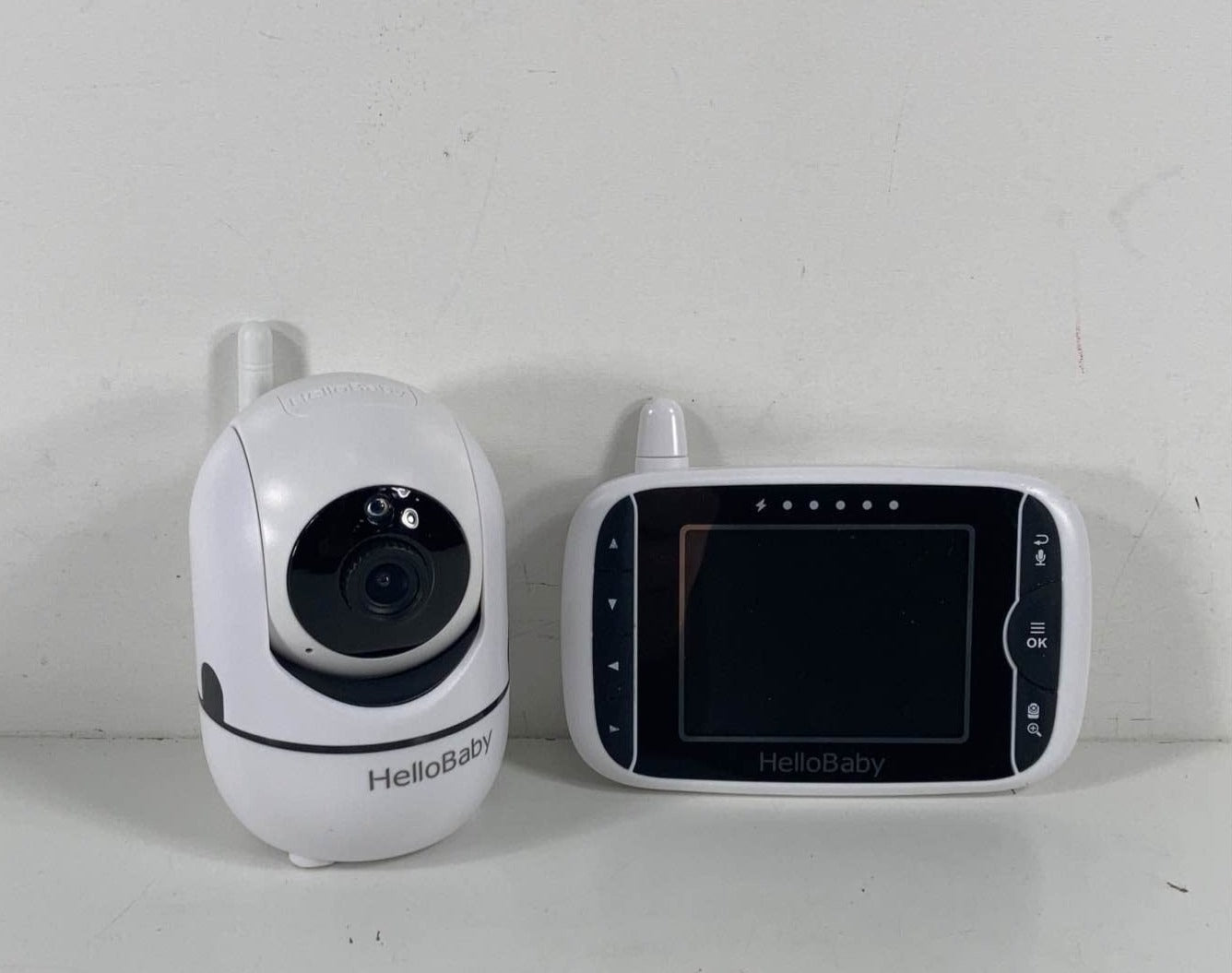
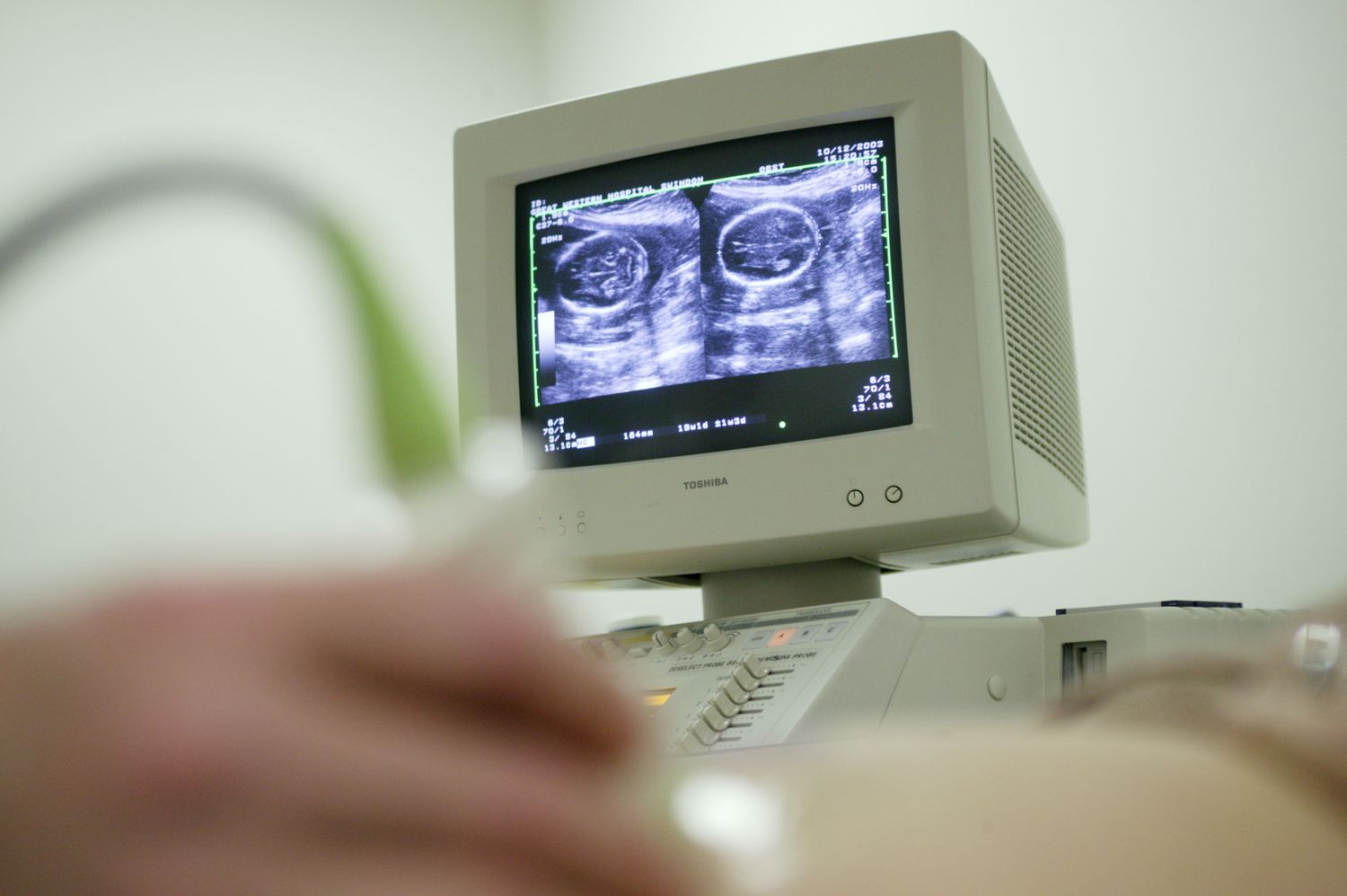
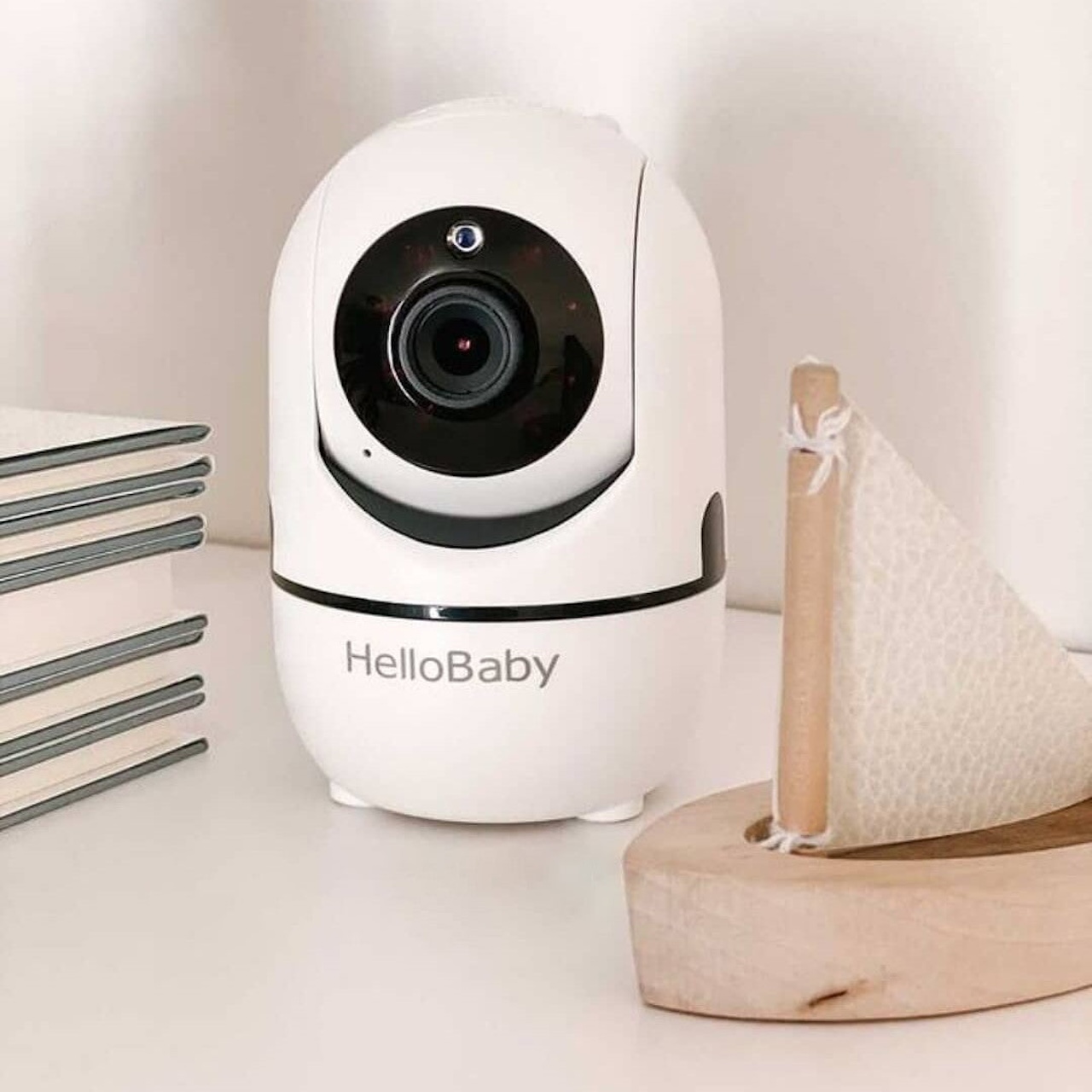

0 thoughts on “When Was The Baby Monitor Invented”